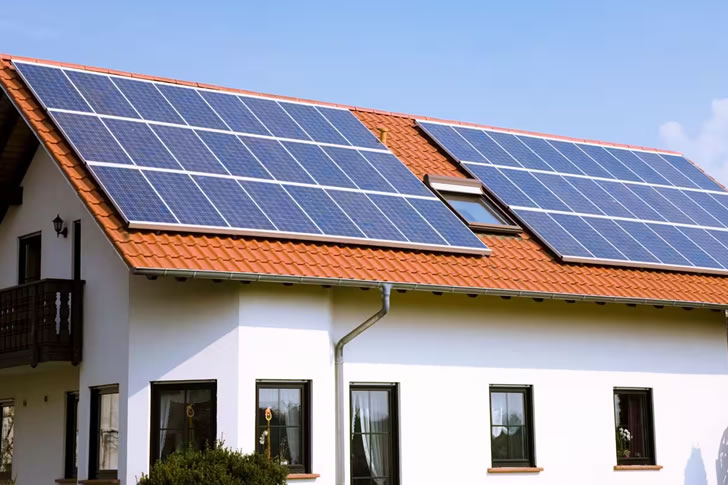Solar Panel Prices in Different Regions
Solar energy has become a crucial part of the global shift towards renewable sources of power. With advancements in technology and increasing demand, solar panel systems are more affordable now than ever before. However, the cost of solar panels can vary significantly depending on various factors including geographic location, local policies, and market dynamics. This article explores the prices of solar panels in different regions around the world, providing factual data and expert insights to help you understand the current solar panel landscape.

Factors Influencing Solar Panel Prices
Before diving into regional price differences, it’s important to understand the factors that influence the cost of solar panels. These include manufacturing costs, shipping and logistics, local tariffs and taxes, and the availability of government subsidies and incentives. Additionally, the cost can vary based on the technology and efficiency rating of the solar panels. For example, mono-crystalline panels are typically more expensive but offer higher efficiency compared to poly-crystalline panels.
Solar Panel Prices in North America
In the United States, the average cost of solar panels as of 2023 is between $0.70 to $1.50 per watt, leading to an average total installation cost of approximately $15,000 to $25,000, after federal tax incentives. The Investment Tax Credit (ITC), which offers a 26% tax credit for solar systems installed in residential properties, significantly influences these numbers. Canada shows similar price ranges but varies slightly by province due to different provincial incentives and rebates.
Solar Panel Costs in Europe
Europe has been at the forefront of adopting solar energy, with countries like Germany, Spain, and the UK offering various incentives. In Germany, the cost of installing a residential solar system ranges from €1,200 to €1,700 per kilowatt, influenced by the EEG levy (Renewable Energy Sources Act) which provides a feed-in tariff for solar power. In the UK, prices range from £1,500 to £2,000 per kilowatt, with incentives like the Smart Export Guarantee (SEG) paying homeowners for surplus energy exported back to the grid.
Solar Panel Pricing in Asia
Asia is home to some of the largest solar panel manufacturers, particularly China and India, resulting in lower prices due to economies of scale and local availability. In China, the cost is approximately $0.20 to $0.40 per watt. India, on the other hand, sees prices around ₹40 to ₹60 per watt ($0.50-$0.75 per watt), aided by government schemes such as the Jawaharlal Nehru National Solar Mission, which aims to make solar competitive with fossil-based energy options.
Cost of Solar Panels in Australia
Australia experiences some of the highest levels of solar irradiation in the world, making it an ideal location for solar energy production. The costs for solar panels are around AUD 0.50 to AUD 1.20 per watt, with the average residential solar system installation costing between AUD 3,000 and AUD 7,000. Government incentives such as the Small-scale Renewable Energy Scheme (SRES) provide certificates that reduce the upfront cost of installing solar PV systems.
Solar Panel Prices in Africa
Africa, with its vast solar potential, faces unique challenges and opportunities in the solar energy sector. The price of solar panels can be relatively high due to import tariffs and lack of local manufacturing. For instance, in countries like Kenya, solar installation costs range from $1.20 to $1.50 per watt. However, various non-governmental organizations and international partnerships are working to make solar energy more accessible and affordable across the continent.
The Future Outlook and Technological Advances
The price of solar panels is expected to continue decreasing as technology advances and production scales up. Innovations such as bifacial solar panels and increased governmental support in the form of incentives and rebates are making solar installations more cost-effective. This trend is likely to persist, making solar energy an increasingly attractive option for reducing carbon footprints and promoting sustainable energy solutions worldwide.
Understanding regional cost disparities and the factors influencing them can help potential solar energy adopters make informed decisions. With continual advancements in solar technology and more supportive policies, the future of solar energy looks exceptionally bright, promising a cleaner, more sustainable energy system on a global scale.
As the world moves towards more renewable energy sources, keeping updated with the latest prices and technological trends in solar energy will help consumers and businesses alike make better decisions regarding energy usage and investments in solar power.







Recent Comments